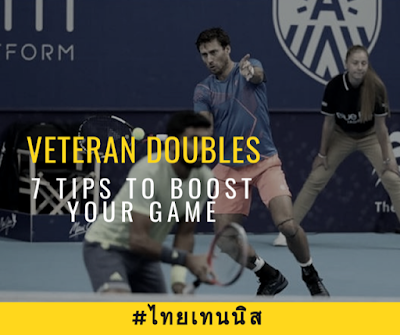WHERE DO YOU SEND YOUR AWARENESS?

Tennis players need the ability to shift their awareness around as they play. Each shot requires a slightly different focus, a different awareness to take place. No stroke you play is the same. Here are the areas you need to send your awareness during a point. Some of the areas I mention may surprise you. Tennis is not just about awareness of the ball and your opponent… there’s much more to tennis than that! 1. COURT AWARENESS Because you are playing the ball from different areas within the court you need to be aware of where you are standing. This is even more important when you are in the less familiar areas such as very deep off the baseline or very wide on either side of the court. When you are made to play from these 'special' positions on the court, shift your awareness to where you are standing so that you can factor in things like the height of the net, and the distance to the baseline. Awareness of your position on the court will also tell you whether you


.png)


